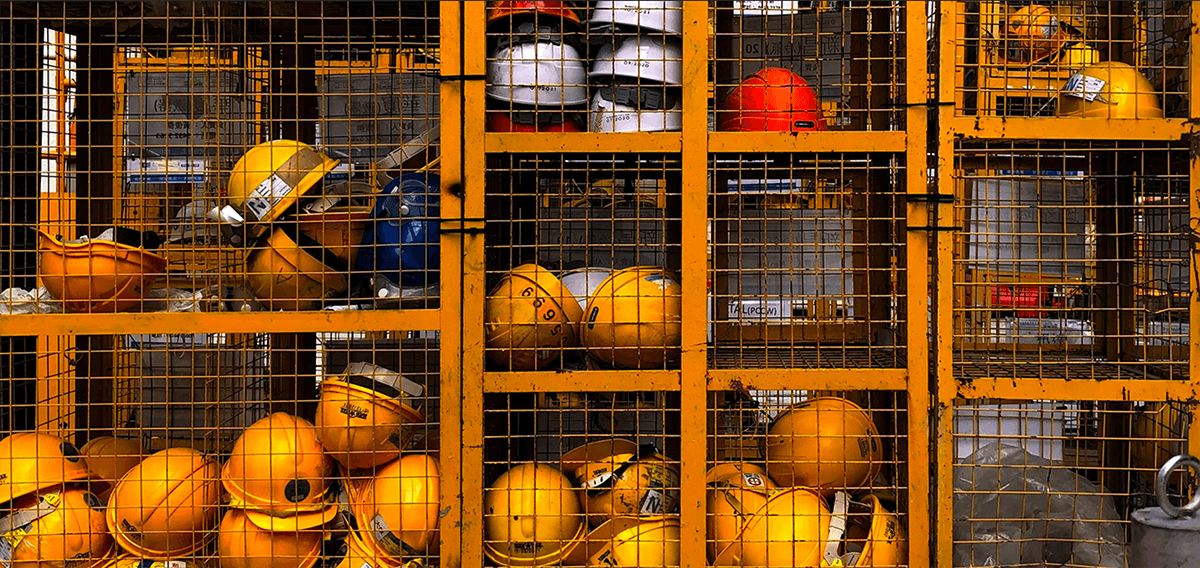Beyond Command and Control: Evolving from Traditional Project Planning to a Growth Mindset
By coordinating the often independent practices of master planning with look-ahead planning, the act of daily work planning becomes the gateway to facilitate the engagement with trade contractors at all levels of planning.

The construction industry has only seen a 1 percent increase in overall productivity in the last 20 years [McKinsey]. While many fixes have been suggested, the solution for this fundamental problem needs to begin at the system level—by moving beyond command and control and into a growth mindset.
“Command and control is an ineffective management style,” notes Hal Macomber, executive vice president for Touchplan®. “The practices lead to the results the industry is notoriously known for: projects that are late and over budget.”
The answer is found in integration. By coordinating the often independent practices of master planning with look-ahead planning, the act of daily work planning becomes the gateway to facilitate the engagement with trade contractors at all levels of planning. Consequently, all parties are able to swiftly adjust to the changing circumstances of work in the field, and gains in productivity are realized as teams bring out the best in each other while exercising autonomy.
“It’s trusting the people on the ground with their skill and knowledge to get the work done correctly and report it,” states Macomber.
The Shift: Facilitating a Digital Collaborative Plan
Encouraging the connectivity of these practices veers the mindset away from command and control to a collaborative approach. It begins with the superintendent shifting from “boss” to facilitator and coach. Issues are identified and resolved swiftly, which increases the chances that project workflows can be completed on time. There are a few challenges that must be addressed first before seeing the gains.
Trust is one of the biggest hurdles with any process change. The general contractor must trust that all parties will work for the betterment of the project. Given time, the transparency that comes with a collaborative approach shows everyone how dependent they actually are on each other—and that feeds the positive growth mindset. Additionally when shifting to a digital platform, there needs to be trust that the trades using the technology won’t make errors that permanently compromise the data.
“In a cloud-based software, like ours, if a mistake is made, there are enhanced functionalities that can revert to a prior condition and archivable records that are maintained for two years,” explains Macomber.
The human factor is the other challenge. By shifting behavior away from static master schedule planning to dynamic look-ahead planning with replanning, the planning process becomes intuitive and easy to access. Additional enhancements are gained when shifting to a digital version. Foremen and project managers engage in look-ahead planning sessions to collaboratively schedule the flow of work and specify handoffs between trades within each phase, ensuring trades can arrive at the jobsite able to work right away.
When a company evolves from a command and control mindset to a growth mindset, it can:
- Improve Communications—Not only does communication within your organization improve, but trade-to-trade conversation dramatically improves. Trades are empowered to talk to each other and ask, “Are you sure you’re going to get that done by Thursday? I’m coming in after you, and don’t want to show up and then have to find something else to do.” A digital tool like Touchplan allows everyone to see the plan, assess where things may be getting held up and make adjustments right from their smartphones or desktops.
- Increase Productivity—When independent practices are fully connected, trades now arrive to jobsites able to get to work right away. With traditional planning, this is often not the case. A trade shows up to find the team in front is still in the way. Touchplan gives teams the ability to make last-minute planning decisions and adjustments to the workflow. This real-time visibility gives managers the ability to identify issues early and head off any problems.
- Attract New Talent—With 80 percent of construction companies reporting they have difficulty finding the workers they need, savvy construction firms turn toward tech as a recruiting tool. “The upcoming generations have grown up with technology and expect it in their chosen industry,” notes Macomber.
“The marriage of Touchplan’s intuitive interface with the opportunity to learn and use a collaborative, informative planning system is quite attractive to the next generation in construction.”
Beyond Digital: Going Mobile
From better recordkeeping to real-time collaboration, there are several benefits of moving toward a synergetic planning approach and using technology specifically designed to support it. Touchplan recently introduced TouchplanGO—an app that can be accessed right from your smartphone and grants people the ability to:
- Get personalized “to-do” lists of all of your tasks
- Update your progress with a swipe of the finger
- Quickly see where you may be getting held up
“The launch of TouchplanGO further aids shifting the mindset away from control to growth,” explains Macomber. “We are continuously investing in ways to better support teams connecting, learning and improving efficiencies because we have seen that when the emphasis is on bringing out the best in each other instead of trying to control each other, the greatest gains in productivity and overall business success are found.”
Ready to gain a new level of productivity? Move beyond command and control’s traditional planning to a collaboration approach today.
